


"DTT (DL-1,4-Dithiothreitol) is a small-molecule reducing agent widely used in biochemistry and molecular biology. It functions by reducing disulfide bonds in proteins and peptides, helping maintain enzyme activity and protein stability by preventing oxidation. It is an enantiomer of a L-1,4-dithiothreitol. A reagent commonly used in biochemical studies for reducing disulphides to dithiols."


"DTT (DL-1,4-Dithiothreitol) is a small-molecule reducing agent widely used in biochemistry and molecular biology. It functions by reducing disulfide bonds in proteins and peptides, helping maintain enzyme activity and protein stability by preventing oxidation. It is an enantiomer of a L-1,4-dithiothreitol. A reagent commonly used in biochemical studies for reducing disulphides to dithiols."

.3d8f8f41.svg)
Pharmaceutical
.3556d45a.svg)

Pharmaceutical Actives & Precursors


Intermediates & Precursors
Included in Quote
Included in Quote
Included in Quote
Included in Quote
.7767eb0f.png)

Chemical Properties & Specifications
Used as a reducing agent to maintain protein stability.
Prevents incorrect disulfide bond formation in proteins, aiding in protein folding studies.
Protects enzymatic activity by maintaining thiol groups in their reduced state.
Used in electrophoresis to prevent nucleic acid oxidation.
DTT is widely used in biochemistry to reduce disulfide bonds in proteins and peptides, ensuring correct protein folding.
DTT functions as a reducing agent by donating electrons to disulfide bonds, preventing unwanted oxidation.
DTT is primarily used in pharmaceutical, biotechnology, and molecular biology industries for research and drug development.
DTT should be handled in a fume hood with protective gloves and eyewear due to its irritant properties.
Yes, DTT meets international safety standards including REACH, ISO 9001, and GMP compliance.
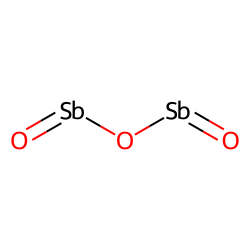
CAS No. : 1309-64-4
Category : Inorganic compound
Sub-Category : Flame retardants
Description: Antimony trioxide (Sb2O3) is an inorganic compound commonly used as a flame retardant and as a catal...
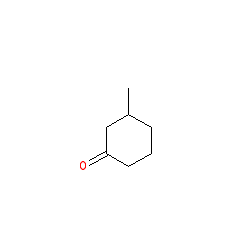
CAS No. : 36306-87-3
Category : Fragrance Ingredients
Sub-Category : Aroma Chemicals
Description: Kephalis is widley used in many industries. It plays a key role in the production of resins, coating...
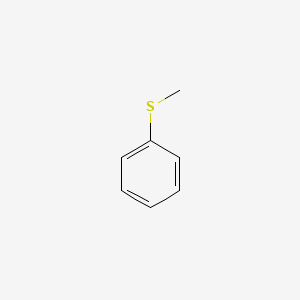
CAS No. : 100-68-5
Category : Pharmaceutical Actives & Precursors
Sub-Category : Intermediates & Precursors
Description: Thioanisole is a colorless to light yellow liquid with an aromatic odor. It serves as a valuable int...
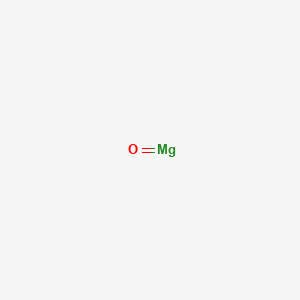
CAS No. : 1309-48-4
Category : Inorganic compound
Sub-Category : Magnesium compounds
Description: Magnesium oxide, commonly known as magnesia, is a white hygroscopic solid mineral that occurs natura...
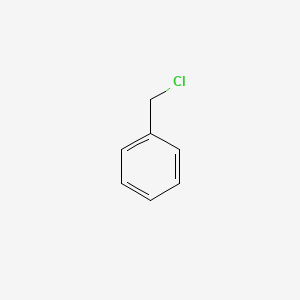
CAS No. : 100-44-7
Category : Organic Intermediate
Sub-Category : Reagents
Description: Benzyl Chloride is a colorless to pale yellow liquid with a pungent odor. It is primarily used as an...